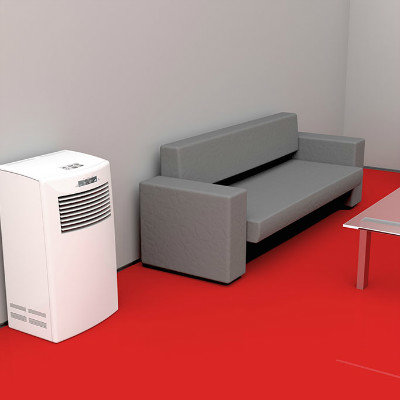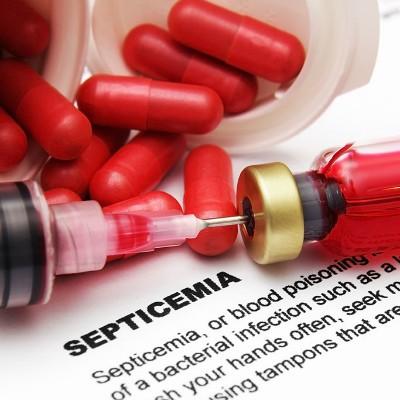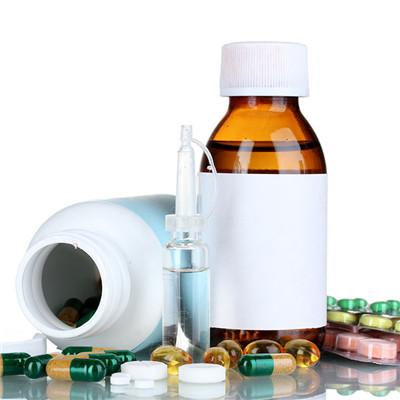Symptoms of dry carbon poisoning?
summary
Carbon monoxide poisoning is the product of incomplete combustion of carbonaceous substances, which is caused by inhalation through respiratory tract. The mechanism of poisoning is that the affinity of carbon monoxide and hemoglobin is 200-300 times higher than that of oxygen and hemoglobin, so carbon monoxide is easy to combine with hemoglobin to form carboxyhemoglobin, which makes hemoglobin lose the ability and function of carrying oxygen and cause tissue asphyxia. It has toxic effect on tissue cells of the whole body, especially on cerebral cortex. Symptoms of dry carbon poisoning? Talk to you
Symptoms of dry carbon poisoning?
1. Mild poisoning: when the carboxyhemoglobin in blood reaches 10% - 20%, the common symptoms are headache, vertigo, tinnitus, nausea, vomiting, palpitation, weakness, and even transient fainting. After inhaling fresh air, the symptoms disappeared rapidly.

2. Moderate poisoning: when the blood carboxyhemoglobin reaches 30% ~ 50%, in addition to the aggravation of mild poisoning symptoms, there may be drowsiness, collapse or even coma. The skin and mucous membrane are cherry red. If timely rescue, inhalation of fresh air or pressurized oxygen, may be faster awake, recovery within a few days, generally no sequelae.

3. Severe poisoning: when the blood carboxyhemoglobin exceeds 50%, the patient falls into coma quickly, lasting for several hours or even days. In the early stage of coma, we can see cherry red face, rapid breathing, pulse frequency, increased muscle tension of limbs, hyperreflexia of tendons, disappearance of abdominal wall reflex, pathological reflex and convulsion. Deep coma, pale or cyanotic complexion, limbs cold, sweating, pupil narrowing, asymmetric or scattered, and slow response to light, decreased muscle tension, tendon reflex disappeared, shallow and fast breathing, blood pressure decreased, body temperature increased, often complicated with pulmonary edema or pneumonia, mostly occurred in 2-4 days after the poison. Myocardial damage includes arrhythmia, myocardial hypoxia and myocardial infarction in the elderly. Blisters or swelling of the skin, mostly in the limbs and chest, is due to autonomic dystrophy.

matters needing attention
It should be widely publicized that there should be safety settings (such as chimney, small ventilation window, air funnel, etc.) when indoor coal fire is used, to explain the possible symptoms of gas poisoning and first-aid knowledge, especially to emphasize the harm and severity of gas to infants. The installation of coal stove chimney should be reasonable. The coal stove without chimney should be placed outdoors at night.










